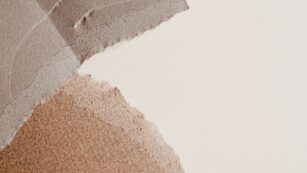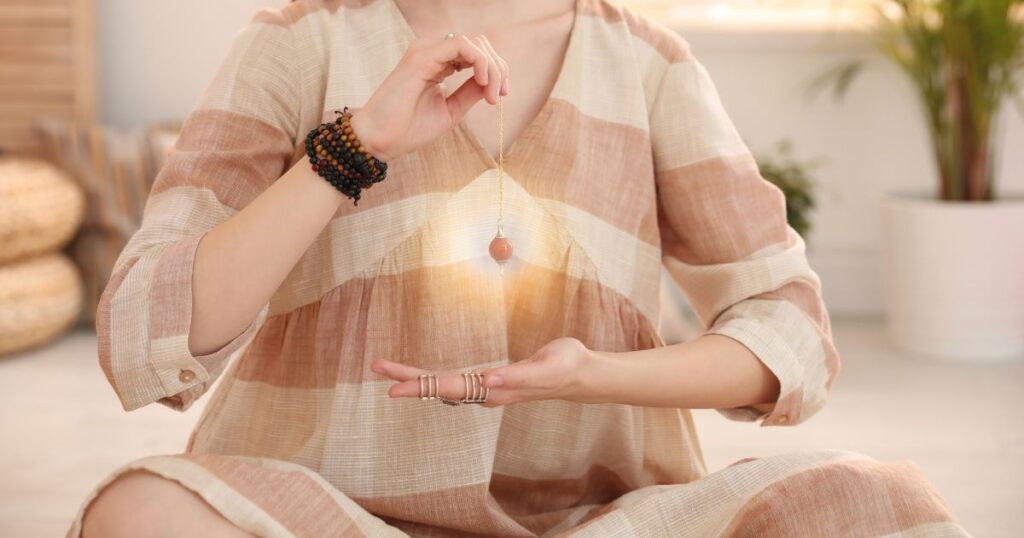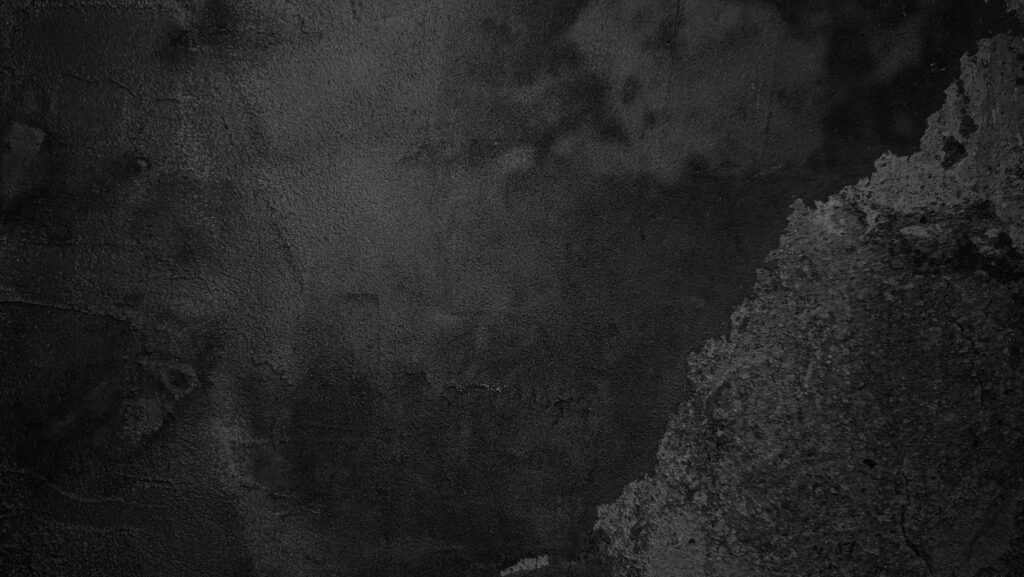In the ever-evolving world of design and aesthetics, color plays a pivotal role in setting the tone and mood of a space. Among the myriad of hues available, background:n0xu3xionei= light brown emerges as a versatile and appealing choice. This particular shade of light brown brings warmth and sophistication, making it a favorite for designers aiming to create inviting and cozy environments.
Light brown, with its subtle earthiness, effortlessly complements a wide range of other colors, enhancing both modern and traditional decor. Its neutral nature allows it to serve as a perfect backdrop, whether in digital design or physical spaces. By incorporating this shade, designers can achieve a harmonious balance that appeals to the senses while maintaining a timeless aesthetic. As trends continue to shift, the enduring charm of light brown ensures it remains a staple in the designer’s palette.
Background:n0xu3xionei= Light Brown
 Light brown serves as a key element in design due to its neutral tones and adaptability. This hue provides a warm, cozy feel, enhancing both personal and professional environments. In graphic design, light brown creates balance by complementing stronger colors like blue and green.
Light brown serves as a key element in design due to its neutral tones and adaptability. This hue provides a warm, cozy feel, enhancing both personal and professional environments. In graphic design, light brown creates balance by complementing stronger colors like blue and green.
In home decor, light brown fosters an inviting atmosphere. Wooden furniture, for instance, often features this color, adding both natural and elegant touches to interiors. Walls painted in light brown shades can make spaces appear more expansive while maintaining a comforting presence.
Fashion design also benefits from light brown’s versatility. It pairs well with both bold and subtle colors, making it a favorite for accessories like belts and bags. Fabrics in light brown tones often convey a sense of casual elegance.
Digital spaces gain visual depth through light brown backgrounds. They minimize eye strain and ensure text and images stand out clearly. Many websites integrate light brown backgrounds to maintain user engagement and focus.
Features And Benefits
 Light brown backgrounds enhance aesthetics by adding warmth and sophistication to various design scenarios. They create inviting spaces and complement a wide range of colors due to their neutral quality. This versatility makes light brown suitable for different environments, both digital and physical, thereby increasing its appeal.
Light brown backgrounds enhance aesthetics by adding warmth and sophistication to various design scenarios. They create inviting spaces and complement a wide range of colors due to their neutral quality. This versatility makes light brown suitable for different environments, both digital and physical, thereby increasing its appeal.
In web design, light brown reduces eye strain and improves readability. Users find text more legible against this background color, enhancing the overall user experience. Product designers often choose light brown for these reasons, acknowledging its capacity to provide visual comfort.
Light brown’s ability to pair well with other colors adds to its utility. In graphic design, it serves as an effective backdrop for stronger colors like blues and greens. This balance between subtlety and vibrancy helps create cohesive, attractive designs.
In home decor, light brown is associated with natural elements like wood. This makes it a popular choice for furniture and wall colors, providing a sense of expansiveness and warmth in living spaces. The shade’s compatibility with modern and traditional aesthetics makes it a preferred option for many homeowners.
Application Process
Required Tools And Materials
 Essential tools and materials streamline the application of light brown across different media.
Essential tools and materials streamline the application of light brown across different media.
-
Color Swatches: Ensures accurate selection and matching of the light brown shade to enhance visual consistency.
-
Paint Brushes and Rollers: Facilitates smooth application onto walls and furniture.
-
Digital Design Software: Assists in creating digital backgrounds and adjusting light brown hues for graphic design.
-
Sample Fabrics: Useful for testing light brown in textiles and ensuring complementary color pairings in fashion.
Step-By-Step Instructions
 Outlined steps provide a straightforward approach to effectively using light brown in various contexts.
Outlined steps provide a straightforward approach to effectively using light brown in various contexts.
-
Select Desired Shade: Use color swatches and digital samples to pinpoint the exact light brown required.
-
Prepare the Surface or Canvas: Clean and prime surfaces to ensure even application and lasting color adherence.
-
Test Small Areas: Apply light brown on a small portion of the intended surface or canvas to verify its effect in different lighting.
-
Apply Evenly: Utilizing brushes, rollers, or design software, spread light brown consistently to avoid streaks or mismatches.
-
Evaluate Complementary Colors: Integrate other colors gradually, confirming balance and harmony with light brown as the backdrop.



